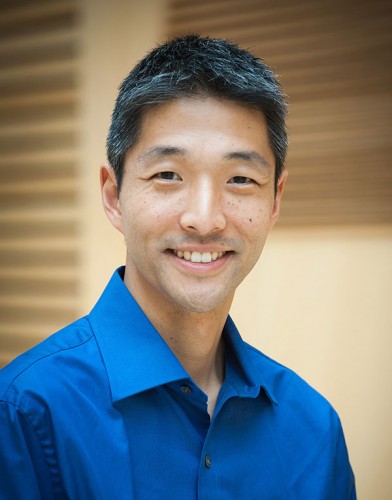 By Regan Zhang, PhD Candidate in Rossi Lab, CBR
By Regan Zhang, PhD Candidate in Rossi Lab, CBR
On a cold Monday morning, nearly a million health-care providers in Canada are going to see patients. A small number of them, less than one in 200, also work as a scientist. The clinician-scientist is one of the most educated professionals; the average clinician-scientist holds three to four degrees after a lengthy training process that takes well over a decade to complete.
Many in the medical field understand that there is a gap between medical research and clinical practice, where scientific knowledge doesn’t flow very well from the laboratory to the bedside, and vice versa. The value of a clinician-scientist lies in that unique position between these two worlds. Having a breadth of knowledge from both sides, makes them the key players in translating research results into clinical practice, and developing research questions based on clinical issues. Although this profession declined significantly in the 1980s and 1990s, the Canadian Institutes of Health Research rolled out programs at the turn of the century aimed at reducing barriers in order to train more clinician-scientists in Canada.
Dr. Hugh Kim of the Centre for Blood Research is one of the newest clinician-scientists in British Columbia. Trained in dentistry at the Université de Montréal, and periodontics at The University of British Columbia. Dr. Kim benefitted from being in a basic research laboratory early in his career, a rare opportunity for most dentistry graduates. He completed his PhD at the University of Toronto, before coming back to UBC as a researcher.
Dr. Kim, a specialist in gum disease that affects almost half of the adult population, sees patients every week in his clinic. But in the lab, he doesn’t look at people’s gums, instead he studies the one trillion platelets in the human body.
As Dr. Kim became interested in chronic inflammation, which is a central feature of the gum disease he observes in patients, he realized that the platelet is an important cell in this system. Platelets have a well-established role in blood clotting, but now scientists are recognizing their important contribution to inflammation. “Platelets are an abundant source of signalling molecules that are essential for normal immunity and wound healing,” says Dr. Kim.
With new funding from the Canada Foundation for Innovation (CFI) and the BC Knowledge Development Fund (BCKDF), and a lab composed of students and a postdoctoral fellow, Dr. Kim’s team is focused on identifying the mechanism of how platelets interact with their surroundings and modulate inflammatory diseases.
In particular, the lab is unraveling the role of the cell’s structural framework and its component proteins in relaying messages to the surrounding tissues. Chronic inflammation is a key mechanism that contributes to a multitude of diseases, and for Dr. Kim, this research is certainly important for gum infection, but understanding the science of platelets goes far beyond.



